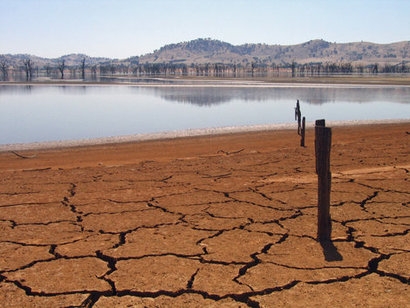
According to the EEA’s “Trends and projections” report published today, greenhouse gas emissions in the EU decreased by 2 percent in 2018 compared to 2017, bringing emissions back down to approximately the level the EU had already achieved in 2014. This practically means that the EU’s emissions were at a standstill for four years.
The report also shows that more emission cuts could be achieved if Member States revive the boom of renewable energy, and more importantly if they push energy savings a lot more than currently as the EU’s energy efficiency target for 2020 is clearly at risk of not being met.
It also highlights that Member States have to greatly accelerate the pace of the energy transition in the next decade for the EU to meet its 2030 energy targets.
“It is good that finally greenhouse gas emissions are going down again, but the EEA’s report clearly shows that more can be done if Member States pick up the pace on further developing renewable energy and energy savings” said Wendel Trio, Director of Climate Action Network (CAN) Europe, responding to the report. “Stepping up progress in the clean energy transition should be a no-brainer as renewable energy is becoming cheaper than fossil technologies. And the energy efficiency gap must be filled as otherwise the European economies and citizens will keep missing out on the various benefits energy savings have to offer. In order to achieve ambitious greenhouse gas emission cuts by 2030, EU countries’ energy and climate plans must aim at accelerating the pace of the clean energy transition and phasing out the use of fossil fuels. This is the only way for them to account to the millions of citizens who are demanding concrete and rapid action to prevent the worsening of climate change.”
For additional information:

